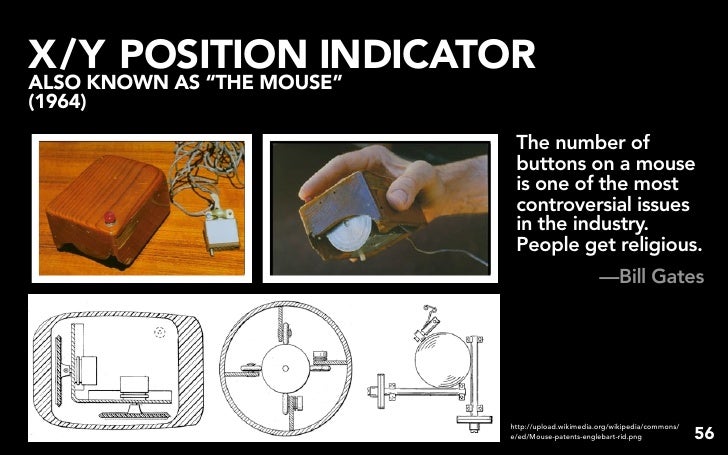When the computer mouse was invented it was called the x y position indicator for a display system

When the computer mouse was invented, it was called the X-Y Position Indicator for a Display System.

The computer mouse is arguably one of the most iconic and essential peripherals of our time. It helps us navigate our computer screens, select icons, open files, and perform countless other tasks with ease. But did you know that when it was first invented, the computer mouse had a significantly different name? In fact, it was initially called the X-Y Position Indicator for a Display System.
The concept of the computer mouse was developed in the early 1960s by Douglas Engelbart, an engineer and inventor who was working at the Stanford Research Institute. Engelbart envisioned a device that could enhance human-computer interaction and make it more intuitive and efficient. His goal was to create a simple tool that could control the movements of a cursor on a computer screen.

The X-Y Position Indicator for a Display System resembled a wooden shell with two metal wheels. The user would hold the device and move it around on a horizontal surface, which would then translate into corresponding movements of the cursor on the computer screen. The wheels inside the device would track the X and Y positions, hence the name X-Y Position Indicator.
Engelbart filed a patent for his invention in 1964, but it took several years before his idea gained widespread recognition. In 1972, Xerox’s Palo Alto Research Center (PARC) introduced a more refined version of the X-Y Position Indicator, which they called the “mouse.” This name perfectly captured the small, sleek, and nimble nature of the device, and it quickly became the standard term for this revolutionary input device.
The introduction of the mouse revolutionized human-computer interaction and paved the way for the graphical user interfaces we use today. Prior to its invention, users relied on cumbersome commands and text-based input to interact with computers. The mouse provided a more intuitive and natural way to interact with the graphical elements on screen, making computers accessible to a wider audience.
Since its humble beginnings as the X-Y Position Indicator for a Display System, the computer mouse has undergone numerous advancements and iterations. From the conventional mouse with mechanical buttons to the wireless, ergonomic, and programmable mice we have today, this essential device continues to evolve to meet the changing needs of users.
To conclude, the computer mouse, initially known as the X-Y Position Indicator for a Display System, has come a long way since its invention. It has revolutionized the way we interact with computers and has become an indispensable tool in our daily lives. So the next time you use a mouse to navigate your computer screen, remember its humble origins and the visionary engineer who brought us this remarkable innovation.
Tags
Share
Related Posts
Quick Links
Legal Stuff

